The Romance of Sailing around the Southern Hemisphere: a Cruise Writer’s Select Historical Voyages
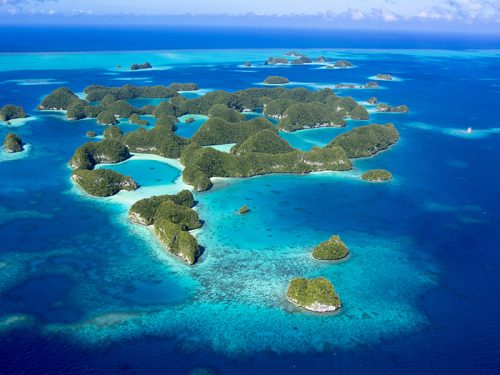
The “Southern Hemisphere Voyage,” which passes the Cape of Good Hope at the southern tip of Africa and the Strait of Magellan in South America, is one of Peace Boat’s most popular cruise routes. The journey of many sailors in the past has left behind many historical dramas. From the Age of Discovery to the modern era, we will unravel the picturesque histories related to the journey by ship in the southern hemisphere.
Text and composition: Kanamaru Tomoyoshi (Voyage Writer) A voyage writer who has cruised not only throughout Japan but also to the five continents of the world. He writes for “Cruise Ship Collection,” which introduces cruise ships from around the world, and contributes serial articles and cruise reports to the Japanese magazine “Cruise.”
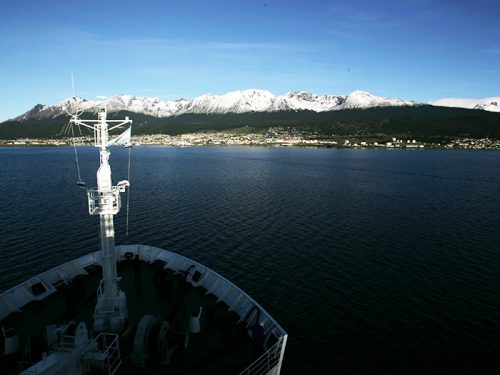
The Shin-Sakura Maru: Japan’s first ship to complete a round-the-world trip southbound
Peace Boat’s first southbound round-the-world voyage through the Cape of Good Hope and the Strait of Magellan was in 1999, as the first cruise to do so from Japan. The vessel used was the Shin-Sakura Maru, the first Japanese ship to accomplish this feat. Five years earlier, in 1994, Peace Boat conducted a northbound round-the-world voyage on the same vessel. This was the first round-the-world voyage by a Japanese ship in about 20 years, since the Nippon Maru in 1973, known as the “last South American immigrant ship.” The Shin-Sakura Maru was retired the same year as the southbound round-the-world voyage. The Harumi Passenger Boat Terminal in Tokyo, the ship’s departure and arrival point, closed on February 20, 2022. History goes around. Let us now embark on a voyage that traces the history of the southern hemisphere world voyages.
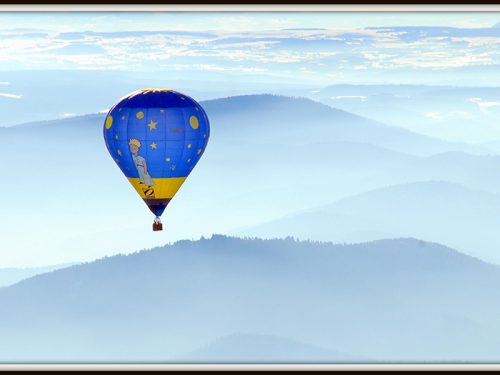
What happened to the missing author of “The Little Prince”?
Madagascar is known for its baobab trees. This tree also appears in the novel “The Little Prince” by French author Antoine de Saint Exupery (1900-44). Also a skilled pilot, in 1935 he attempted to set a record for the shortest flight time between France and Viet Nam. He made an emergency landing in the Sahara Desert and walked to Cairo for three days before returning alive, an experience that gave birth to “The Little Prince.” However, in 1944, during World War II, he disappeared after flying out in a reconnaissance plane. Fifty-four years later, wreckage including silverware engraved with the name and address of “The Little Prince” publisher was found off the coast of Marseille. In 2000, the 100th anniversary of his birth, this was identified as the aircraft he was flying.
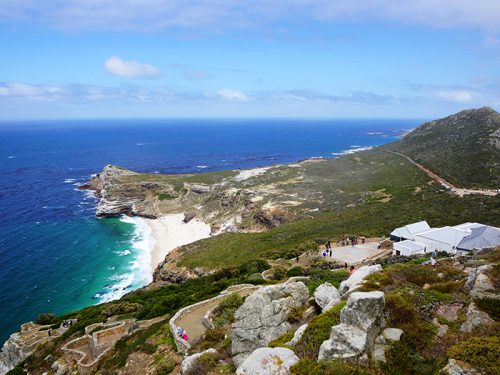
The regret of the explorer who discovered the Cape of Good Hope and Brazil
King John II of Portugal chose Bartolomeu Dias (ca. 1450-1500) to lead an expedition to discover trade routes to India and Asia. In 1488, after being forced to drift for about two weeks in a great storm, he reached the southern tip of Africa, paving the way to India. However, the crew’s dissatisfaction was on the verge of exploding due to so much hardship. Hence Diaz was forced to give up the voyage to India. He reported the cape he found after all his hard work as the “Cape of Storms.” The king, however, was pleased that a path to the east had been opened, and renamed it the “Cape of Good Hope.” Later, Diaz was present at the discovery of Brazil on a voyage to South America, but was killed in a maritime accident shortly thereafter. He never set foot on Indian soil.
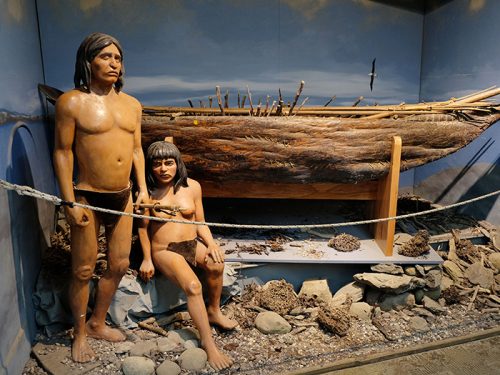
The whereabouts of the Giants, the origins of Patagonia
Ferdinand Magellan (1480-1521) embarked on history’s first circumnavigation of the world in 1519. On his way, he spoke of encountering indigenous peoples in South America who were around 3 to 4 meters in height. Magellan named the giants Patagonians, and the area has since been called Patagonia. Later, when Europeans landed in Patagonia, it was discovered that the indigenous people were no more than 2 meters tall, and the legend of the giants came to an end. These giants are presumed to be the Tehuelche (whose average male height is around 180 centimeters). However, when European settlement began in earnest in the late 19th century, the number of “giants” also declined sharply due to the effects of epidemics and wars. Today, only about 200 of them remain in Patagonia.
PHOTO:PEACEBOAT, Matsuda Sakika, Mizumoto Shunya, Nakamura Mitsutoshi, AdobeStock, shutterstock.com
